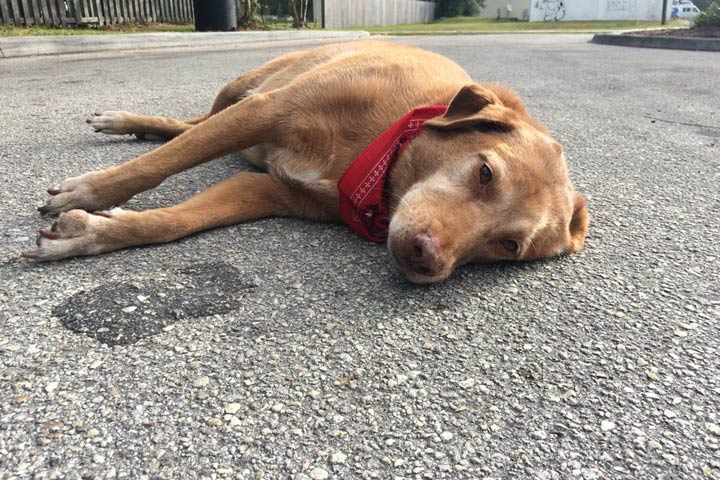
How To Help A Dog Hurt In A Traffic Accident
No one ever wants to see a dog hit by a car, but you do want to be prepared so you can help. If you want to be more than a bystander, here’s what you can do.
You can’t predict or plan for a traffic accident. But you can be prepared to help your dog – or another driver’s if you’re on the scene – if the unpredictable happens.
First, focus on your safety.
Frightened or injured dogs, even your own, can act defensively by snapping or biting. Start by approaching the dog quietly and calmly. Speak in a soothing voice. Turn slightly away so that you’re not towering over or affronting the dog. If the dog seems calm or friendly, continue to approach. If at any point the dog snarls, growls or snaps, back away slowly. Use your best judgment: Can you ultimately approach the dog safely, perhaps with fashioning a muzzle out of a leash? Or, does the dog seem too defensive to approach safely? If the latter, or if an injured dog has run off from the scene, immediately call animal control for assistance. They may have a back board that can be brought to the scene.
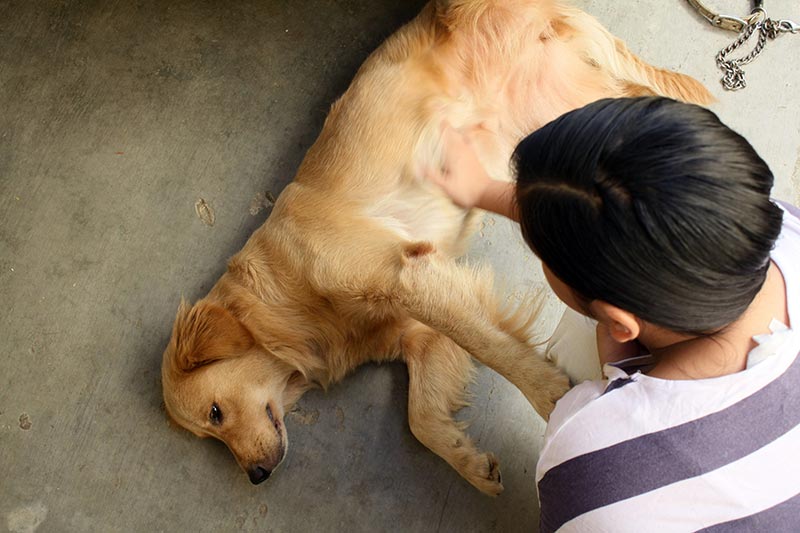
Second, get the dog to safety.
Neither people nor dogs should remain in the road after an accident. If it’s safe to move the dog, grab a blanket (for small pups, even a coat will do). Focus on small, careful movements to prevent worsening any existing injuries. Ask someone to help you shift the dog onto the blanket or the blanket under the dog, then, with someone on each side, lift the dog into your car. One major caveat: Just like in human first aid, if it appears that the dog has a back injury, do not attempt to move him. Instead, call the closest vet’s office or animal hospital for assistance.
Third, assess the dog’s condition.
How’s his heart rate? Does he feel cold or have weak, rapid breathing? He may be in shock, so keep him warm by covering him with a blanket or even cranking up your car’s heat. If there’s excessive bleeding, grab something – a jacket, a bandage if you have one – to tie around the wound.
Finally, get to the vet.
On your way, call or have someone with you call the office to let them know you’re coming. Relay the details of the injury and what you were able to assess about the dog’s condition and vital signs in step three. If you require assistance getting the dog out of the car and into the vet’s office, request that help over the phone. And, lastly, though it’s an intense, stressful situation, drive carefully and cautiously to avoid a second accident.

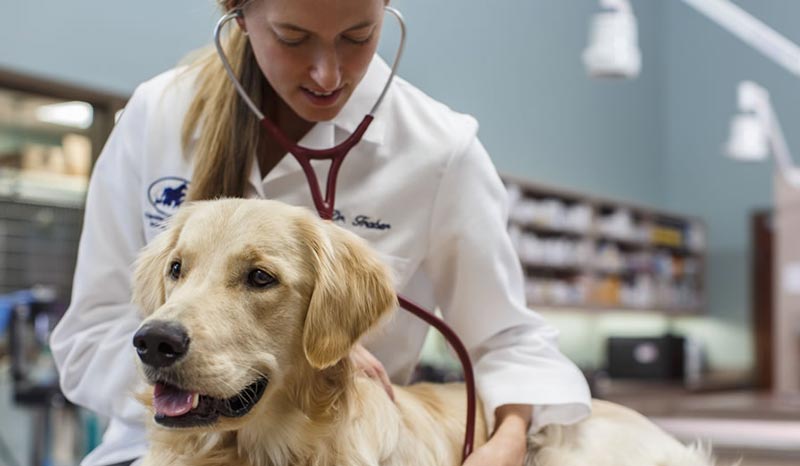

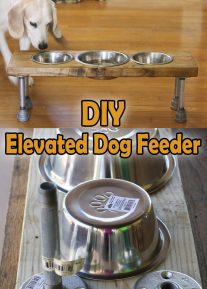
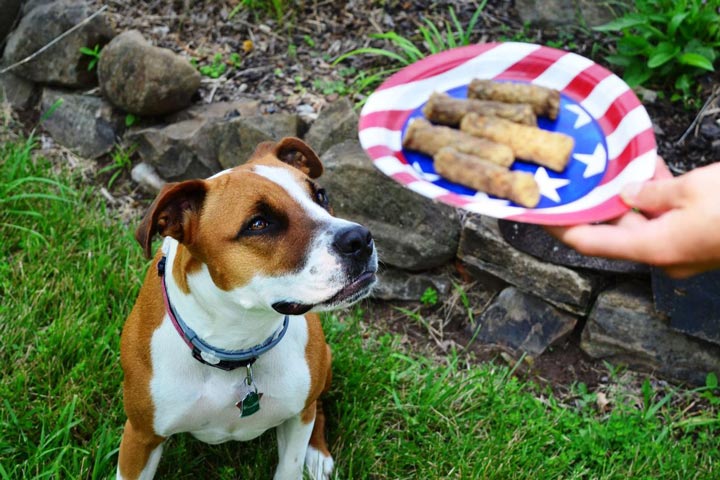
Leave a Reply